Carpal tunnel syndrome can vary significantly by patient, and so the recovery from surgery will look different each time.
If you're preparing for or have recently undergone carpal tunnel release surgery, this guide will help you understand what to expect during your recovery.
If the wrist nerve has been compressed for some time, the recovery period will be significantly longer, and the symptoms may not fully disappear. Much of it will depend on your age, health and wellbeing coming into the operation. Playing an active role in your own recovery, following the home treatment plan as set out by your doctor and taking suitable precautions are all crucial elements for a successful pathway back to wrist mobility and function.
Adhering to rehabilitation exercises after surgery is the best way to get the most optimal results from surgery, and this is a crucial part of the recovery process. Our rehabilitation team includes experienced physicians, physiotherapists and occupational therapists who will guide you each step of the way.
Please ask about any inpatient or outpatient, individual and group rehabilitation sessions that you can access through your hospital.
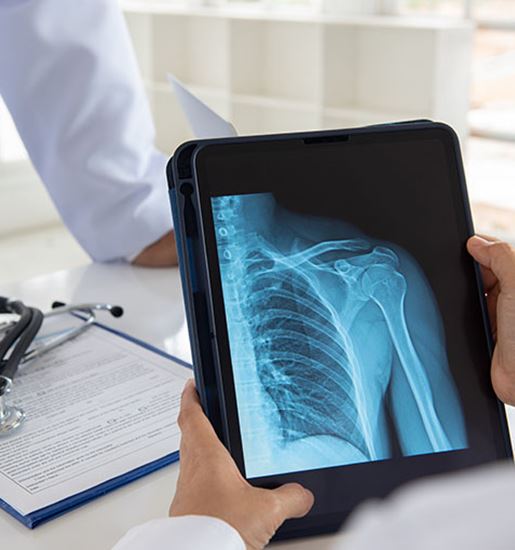
Home preparation after carpal tunnel surgery
After the procedure, your hand will be secured in a bandage and splint to protect the wrist while the wound heals. Before you head off to hospital, make sure your home is well prepared for your return after surgery. Getting set up in advance of your operation is a great way to aid the recovery process and avoid risk of injury to your operated wrist.
- Make sure you have organised someone to help get you home from hospital, as you will be unable to drive.
- Stock up on provisions such as food, drinks and household goods so that you don’t need to worry about getting in the car to fetch anything while you cannot drive.
- Set up a recovery space where you can rest quietly and keep your wrist elevated while the swelling goes down. Have a table nearby for your phone, medication, TV remote control, books and a drink – and anything else that you may need to access.
- Have a stack of pillows nearby so it is easy to keep your wrist elevated while you sit and rest.
- Have some clothing items ready that can be put on more easily using just one hand, such as stretchy trousers and wide-necked tops.
- Organise some help at home with daily tasks and activities while your hand movement is limited – particularly if both hands are affected.

Caring for your wrist
When you leave hospital, your hand will be covered in a heavy bandage and you may have to wear a splint for the first few weeks after surgery. This is to protect your wrist while it heals, and will stay in place until you see your doctor at the follow up appointment. It’s important to keep the dressing dry at all times, and a plastic bag can be used when bathing to protect the area and minimise the risk of infection.
Keeping your affected wrist elevated as much as possible after surgery will help relieve any pain and swelling, and will also promote the healing process. Wiggle your fingers at regular intervals to reduce any scarring and prevent stiffness from setting in and use ice packs and pain medication as directed by your doctor.
Rehabilitation exercises
Carpal tunnel release surgery is a successful procedure that has the potential to restore full function to the hand. Rehabilitation exercises are an important part of your recovery, but it’s important to be guided by your therapist and not attempt too much, too soon as this could hinder your progress. In general, rehabilitation exercises can begin once the splint is removed.
Your doctor will develop a program that is tailored to your specific condition, and the rehabilitation exercises will be extended appropriately. Targeted hand exercises focus on improving your range of finger motion and restoring strength and flexibility. They also help break up the scar tissue and prevent any stiffness forming. At first, it is usual to have some pain and discomfort, but this should improve over time. Always follow the guidelines as set out by your treating therapist.
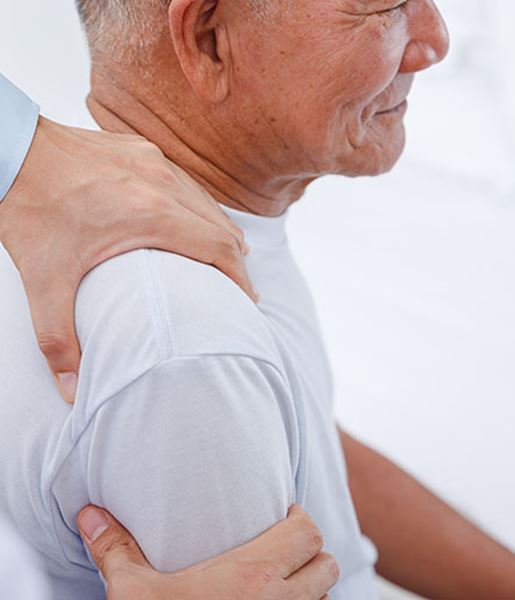
Average recovery timeline
Most patients leave hospital the same day after carpal tunnel surgery with an individualised recovery plan. This generalised timeline will vary by patient and the extent of the condition treated. In more severe cases of carpal tunnel syndrome, recovery can take longer and some symptoms may not clear up completely.
Weeks 1-2
- Keep your hand elevated to help relieve pain and swelling.
- Only use it for light tasks.
- Your hand is likely to feel numb and weak for a few days after surgery.
- Your bandage will be checked, and stitches removed at your follow-up appointment.
- Your doctor will advise when rehabilitation exercises can begin.
Weeks 3-6
- Talk to your doctor about returning to work and driving
- You should gradually be able to resume daily activities
- Your fingers should start to regain full mobility
- Continue to adhere to your hand therapy exercises as directed by your doctor
Weeks 6-8
- Your hand should be feeling much stronger
- Gripping will start to feel more comfortable
- Your hand may be capable of more forceful activities
- Talk to your doctor about returning to more vigorous activity
- Some mild soreness and discomfort are still normal
8 Weeks +
- Your hand should feel mostly back to normal
- Hand strength can take some time to fully restore
- A full recovery can take 6-12 months
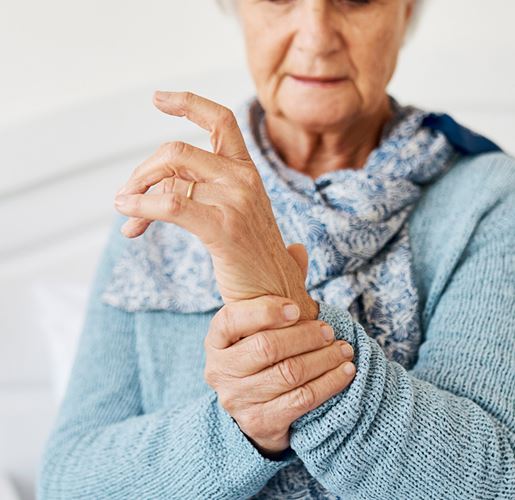
What to avoid after carpal tunnel surgery
Your doctor will advise you of what to avoid after carpal tunnel release surgery following your procedure.
- Avoid any heavy lifting or repetitive hand, wrist or arm movements
- Do not drive unless you have been cleared to do so by your treating doctor, and can confidently grip and control the steering wheel
- Don’t rush back to work, particularly if you have a manual job or work that requires repetitive movement such as typing
- Avoid returning to any environment that encourages poor posture, and read our ergonomic guidelines for your workplace and home computer set up
- Don’t participate in any cycling or rock climbing until cleared by your doctor
Frequently Asked Questions
How soon can I use my hand after carpal tunnel surgery?
As long as your wound has fully healed, it is safe to start using your affected hand. There is little risk to your surgery as long as you don’t overdo it and avoid any heavy lifting or repetitive movements for 2-3 weeks after surgery. If you start to feel more pain in your wrist and are worried you have overused it, stop the activity causing the pain. Always talk to your doctor before trying anything new, and always stick to the rehabilitation plan as set out by your medical team.
Why is my hand still tingling?
Some tingling sensations after surgery are completely normal as your hand starts to heal and recover. If your nerve has suffered long term damage from ongoing compression, a full recovery may not be possible after surgery. In most cases, the nerve just takes a bit of time to regenerate and recover, and tingling sensations can last on and off for up to three months.
When is it safe to get back to gardening?
Recovering your grip strength after carpal tunnel surgery can be a slow but steady process. It can take some time before your grip will feel strong enough to manage any kind of heavy lifting or activities that require strength of grip such as gardening, and that can take up to four months. Talk to your treating doctor about when it is safe to get back into the garden.
Will my carpal tunnel syndrome return?
For most patients, carpal tunnel syndrome will not return after surgery. However, in some cases the condition can return, and patients may notice familiar symptoms even after just a few months post-surgery. This can be due to scar tissue, swelling at the surgical site, an incomplete surgical release, or the fact that the nerve was permanently damaged before surgery.
This article contains information of a general nature, which may not be relevant to you. You should not rely on this article as medical advice. Any surgical or invasive procedure carries risk. We encourage you to speak with your doctor about your condition.
Related Content
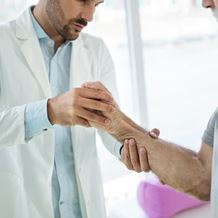
Carpal Tunnel Surgery – Day of Surgery
Relieves the painful symptoms associated with carpal tunnel.
Read More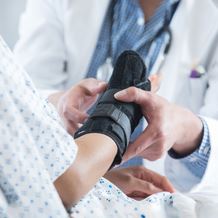
Carpal Tunnel Release Surgery
A common medical procedure to relieve pressure on the median nerve.
Read More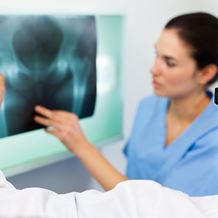
Find a Specialist
Talk to our world-leading orthopaedic specialists about the most suitable treatment options.
Read More